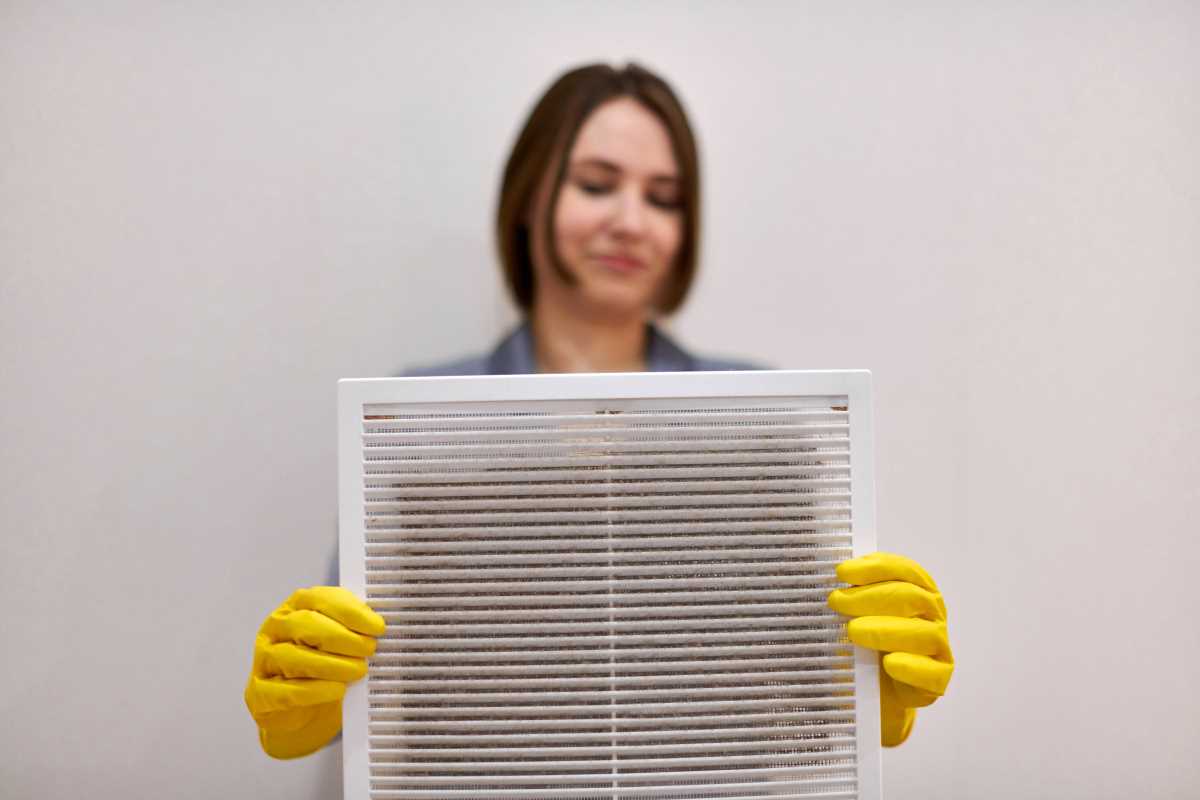Breathing clean air is essential for everyone, but it’s especially important if someone in your family struggles with respiratory issues like asthma, allergies, or chronic obstructive pulmonary disease (COPD). Poor air quality can trigger symptoms, making day-to-day life more difficult and uncomfortable. The good news? With a few adjustments, you can significantly improve the air quality in your home and create a healthier living space for your family.
This guide will walk you through practical tips to reduce indoor pollutants, minimize allergens, and promote better air quality for the whole family. From simple habits to long-term solutions, these strategies can help everyone breathe easier.
Understanding Indoor Air Quality
Indoor air quality refers to the cleanliness of the air inside your home. While we often worry about outdoor pollution, the air inside our houses can be just as problematic, if not worse. Common indoor pollutants include:
- Allergens: Dust mites, pet dander, mold, and pollen often accumulate indoors.
- Volatile Organic Compounds (VOCs): These are chemicals released by cleaning products, paints, and certain furniture.
- Smoke: Tobacco smoke or fumes from cooking can irritate the lungs.
- Particulates: Tiny particles, such as those from burning candles or poorly ventilated stoves, can linger in the air.
Poor indoor air quality can make respiratory conditions worse, leading to coughing, shortness of breath, or increased sensitivity to irritants. Creating a clean environment isn’t just good for individuals with health concerns; it boosts well-being for everyone in the family.
Reduce Indoor Allergens
Allergens are a major culprit when it comes to poor air quality, especially for those with asthma or allergies. Here are practical steps to reduce their presence in your home:
1. Keep Dust Mites Under Control
Dust mites thrive in bedding, carpets, and upholstered furniture, but you can minimize their impact:
- Wash bedding, pillowcases, and blankets in hot water weekly.
- Use dust-mite-proof covers on mattresses and pillows.
- Vacuum carpets and rugs regularly with a vacuum that has a HEPA filter.
2. Manage Pet Dander
While we love our furry friends, their dander can irritate sensitive lungs:
- Bathe and groom pets frequently to reduce shedding.
- Designate specific pet-free zones, particularly bedrooms.
- Vacuum pet hair from furniture and floors to keep it from accumulating.
3. Address Mold Growth
Mold thrives in damp environments and can cause respiratory distress:
- Fix leaks in sinks, roofs, or walls to prevent moisture buildup.
- Use a dehumidifier to keep humidity levels below 50%.
- Regularly clean bathrooms and check for mold in corners or tile grout.
4. Keep Outdoor Allergens Outside
Outdoor allergens like pollen can easily find their way inside:
- Close windows during high-pollen seasons or use screens to block entry.
- Encourage family members to remove shoes at the door to prevent tracking in dirt.
- Use doormats or rugs to capture pollen and dust before they spread.
Invest in Better Ventilation
Good ventilation helps keep pollutants from building up inside your home. Improving airflow can go a long way in creating cleaner air.
1. Use Exhaust Fans
Exhaust fans in the kitchen and bathroom help remove moisture, cooking fumes, and VOCs. Make sure you:
- Use fans while cooking or after taking a hot shower.
- Keep exhaust fans clean and in good working condition.
2. Open Up Your Windows
Opening windows for even 15-20 minutes a day can bring fresh air in and remove stale, polluted air. Just be cautious if outdoor air quality is poor due to high pollen counts or city pollution.
3. Consider an Air Purifier
Air purifiers are an excellent investment for families with respiratory issues. When shopping for an air purifier:
- Look for one with a HEPA filter, which captures small particles like dust, pollen, and pet dander.
- Make sure it’s the right size for the room where you plan to use it most.
Opt for Eco-Friendly Cleaning Practices
Many conventional cleaning products release VOCs, which can aggravate respiratory symptoms. Switching to safer alternatives can significantly improve air quality.
1. Choose Non-Toxic Cleaners
Many eco-friendly and fragrance-free cleaning products contain fewer irritants. Look for products labeled as non-toxic or VOC-free.
2. Avoid Aerosol Sprays
Replace spray air fresheners or cleaning sprays with alternatives, such as essential oil diffusers, baking soda, or simply fresh flowers.
3. Clean Regularly
Regular cleaning reduces dust and allergens:
- Wipe surfaces and shelves with a damp cloth.
- Mop hard floors to remove fine dust particles.
- Don’t forget hidden spaces like under furniture or around vents.
Control Humidity Levels
Humidity plays a huge role in indoor air quality. Too much moisture encourages mold growth, while overly dry air can irritate airways. Aim for a humidity level of 30-50% for optimal comfort.
Tips for Managing Humidity:
- Use a dehumidifier in damp areas like basements.
- Add houseplants that naturally regulate humidity (just avoid overwatering them, as it could promote mold).
- Use a humidifier during winter months to prevent air from becoming too dry, especially if you use heating systems frequently.
Avoid Smoke and Other Respiratory Triggers
Certain airborne irritants are especially harmful to individuals with lung issues. Avoiding them entirely can drastically improve air quality.
1. Ban Smoking Indoors
Tobacco smoke contains harmful chemicals that linger in the air and on surfaces. Establish a “no smoking indoors” rule for your home.
2. Limit Candles and Incense
Although cozy, scented candles and incense can release fine particles and VOCs into the air. Use them sparingly or replace them with flameless LED candles or essential oil diffusers.
3. Be Cautious With Cooking Fumes
Cooking on a gas stove can release nitrogen dioxide and other pollutants. To minimize exposure:
- Turn on your range hood or kitchen exhaust fan while cooking.
- Use back burners, as they’re closer to the fan.
- Keep windows open for extra ventilation.
Green Up Your Space With Plants
Houseplants are natural air purifiers that can help improve indoor air quality. Certain plants are especially effective at removing toxins from the air:
- Spider plant: Removes carbon monoxide and formaldehyde.
- Peace lily: Absorbs VOCs and improves humidity.
- Snake plant: Filters toxins like benzene and nitrogen dioxide.
Just remember to keep plants clean and free of mold by wiping their leaves and avoiding overwatering.
Maintain HVAC Systems and Filters
Your heating, ventilation, and air conditioning (HVAC) system plays a crucial role in indoor air quality. Regular maintenance ensures that it works efficiently without spreading dust or allergens.
Steps to Maintain Your HVAC System:
- Change air filters every 1-3 months, or more often if you have pets or allergies.
- Schedule professional servicing annually to clean ducts and check for issues.
- Upgrade to filters with higher MERV ratings, which capture smaller particles.
 (Image via
(Image via





